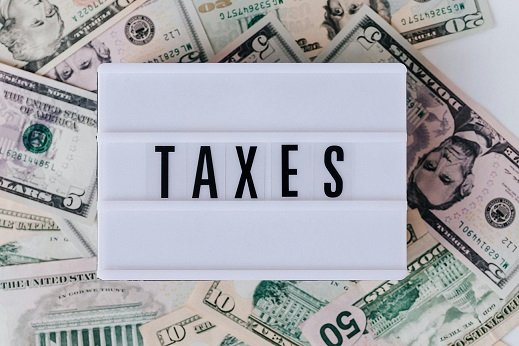Finding yourself in tax debt can be a stressful and overwhelming experience. It’s important to address the situation promptly and strategically to avoid further financial repercussions.
This blog outlines what to do when you have tax debt. By taking control of your tax debt and working towards a resolution, you can alleviate financial strain and regain peace of mind.
1. Understand the Scope of Your Debt
The first step in dealing with tax debt is to assess your financial situation thoroughly. Gather all relevant documentation, including tax returns, IRS notices, and financial statements, to determine the scope and severity of your debt. Calculate the total amount owed, including any penalties and interest that may have accrued over time.
Next, evaluate your current income, expenses, and assets to determine your ability to repay the debt. Consider factors such as your employment status, monthly expenses, and available savings or assets that could be used to satisfy the debt. By understanding the full extent of your tax debt and your financial capabilities, you can develop a realistic plan for addressing the issue.
2. Explore Repayment Options
Once you have a clear understanding of your tax debt and financial situation, explore available repayment options to resolve the debt. The IRS and state tax agencies offer various programs and initiatives designed to help taxpayers settle their debts and avoid further penalties or legal action. Options may include installment agreements, which allow you to pay off the debt in monthly installments over time, or an offer in compromise, which allows you to settle the debt for less than the full amount owed.
Navigating the complexities of repayment options can be challenging, especially if you’re unfamiliar with tax laws and procedures. Consider tax relief services with a focus in assisting taxpayers with tax debt issues. Tax professionals have the knowledge, experience, and resources to help you navigate the negotiation process, advocate on your behalf with the IRS, and explore available options for resolving your tax debt.
3. Develop a Long-Term Tax Strategy
Once you’ve addressed your immediate tax debt issues, it’s essential to develop a long-term tax strategy to prevent future problems. Work with your tax relief professionals to assess your tax situation, identify areas of concern, and implement proactive measures to minimize your tax liability and maximize your financial health. This may include updating your withholding allowances, establishing a savings plan for future tax obligations, or seeking professional guidance on tax planning strategies that align with your financial goals.
Overall, be proactive with tax planning and compliance. By doing so, you can avoid falling into tax debt in the future and enjoy greater peace of mind.
Conclusion
Facing tax debt can be a daunting and stressful experience. It’s critical to address the issue and regain financial stability. By following the tips above, you can effectively manage your tax debt and prevent future problems.

